
Customizing your car with aftermarket parts can be an incredibly tempting prospect. The allure of enhancing performance, upgrading aesthetics, or achieving these modifications at a lower cost often drives car owners to explore options beyond original manufacturer equipment (OEM). It’s a booming industry, with the automotive aftermarket projected to surpass $444 billion for light-duty vehicles in 2024, reflecting a widespread desire for personalization and perceived savings. However, this appeal frequently overshadows a complex landscape of potential pitfalls.
What often seems like a straightforward modification can sometimes lead to an array of unexpected and undesirable consequences. Many car owners, without realizing it, may compromise the fundamental reliability and integrity of their vehicles with parts that weren’t specifically designed and rigorously tested for their make and model. This lack of careful consideration can result in issues ranging from reduced performance and lower resale value to significant additional repair costs, ultimately negating any initial savings.
Aftermarket components vary greatly in quality and compatibility, making proper research an absolutely crucial step before installation. Unlike OEM parts, which are engineered to meet specific vehicle standards and undergo extensive testing, many aftermarket alternatives are not subjected to the same rigorous scrutiny. This discrepancy highlights the essential need to weigh the potential risks against the benefits before committing to any modifications, ensuring your vehicle remains a source of pride and dependable transportation, rather than a financial burden or safety concern. Let’s delve into some of the most critical reasons why certain aftermarket parts might be worth skipping for the sake of your vehicle’s long-term health and your peace of mind.

1. **Voided Warranties**
One of the most significant and often overlooked downsides of installing aftermarket car parts is the substantial potential to void your vehicle’s warranty. Automakers frequently incorporate explicit clauses within their warranties, stipulating that any modifications made using non-original parts could lead to a complete invalidation of the coverage. This means that if an issue arises with your car, even one seemingly unrelated to the newly installed aftermarket component, the manufacturer may legitimately refuse to cover the necessary repairs.
To navigate this complex landscape, it is absolutely crucial to verify whether a particular part is approved by your manufacturer or if its installation could invalidate your existing coverage. This proactive approach can save you from significant financial repercussions down the line. Many new cars include a manufacturer’s warranty covering repairs for a set period, but aftermarket parts often lack this crucial protection, leaving buyers solely responsible for the costs associated with faulty components.
While the U.S. Magnuson-Moss Warranty Act offers some protection by generally prohibiting manufacturers from voiding warranties outright unless they can prove the aftermarket part caused the issue, the burden of proof frequently falls upon the car owner. This can transform warranty negotiations into a time-consuming and frustrating ordeal. Therefore, familiarizing yourself with your warranty terms and contacting your dealership or warranty provider before approving any non-OEM repairs is a critical preventative measure.
Ultimately, a warranty exists to protect you from unexpected repair costs due to manufacturer defects or faulty workmanship. When you introduce aftermarket parts, you could unknowingly violate these terms. Most warranties explicitly state that repairs must be completed using OEM parts or approved replacements, ensuring your car continues to operate in line with the manufacturer’s original specifications. Prioritizing long-term value over short-term savings in this regard is a wise investment in your vehicle’s future.
Read more about: The CVT Conundrum: 10 SUVs Graded on Transmission Reliability – From Bulletproof to Breakdown-Prone
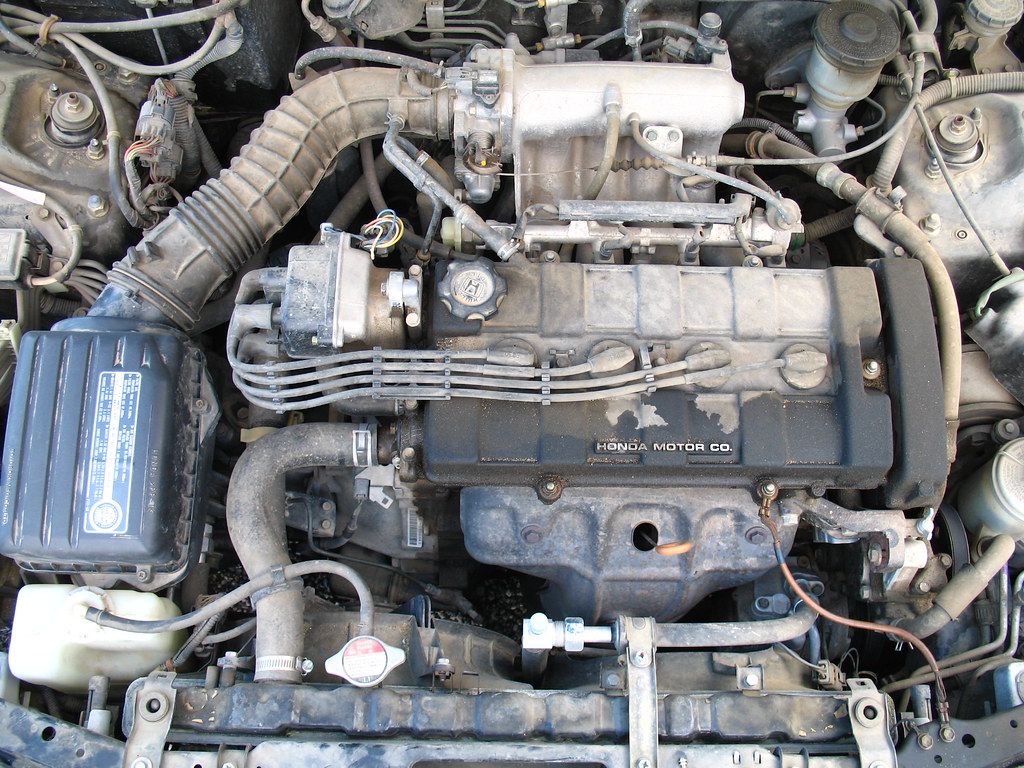
2. **Safety Risks**
Aftermarket car parts can, unfortunately, pose significant safety risks if they do not meet adequate standards. Components that are not manufactured with the same stringent level of quality control as original equipment manufacturer (OEM) parts may not function as intended or could fail prematurely. This concern is particularly acute when considering modifications to critical vehicle systems such as brakes, suspension, or steering, where component integrity directly impacts vehicle safety.
Low-quality materials, a lack of rigorous testing, or substandard manufacturing processes can all contribute to parts that fail unexpectedly. Unlike OEM parts, which undergo extensive testing to ensure they meet robust safety and performance benchmarks, many aftermarket components are not subjected to the same level of scrutiny. This discrepancy means they may not perform reliably under real-world driving conditions, potentially leading to dangerous situations.
Statistics reveal a sobering fact: as much as 35% of car accidents stem from worn tires. Despite this alarming figure, components like tires, wheels, and suspensions are frequently swapped for aftermarket alternatives, which can regrettably increase the likelihood of accidents. It is therefore essential to ensure that any aftermarket part you install not only meets safety regulations but has also been thoroughly tested for reliability, mitigating potential hazards on the road.
For instance, an ill-fitting brake pad may not engage properly, leading to reduced stopping power and an increased risk of collision. Similarly, a poorly installed component, regardless of its origin, can lead to mechanical failures or even accidents. This underscores the importance of both the quality of the part itself and the expertise of its installer, especially for components that are paramount for safe vehicle operation.
Read more about: 14 Unmissable Secrets of TG777 c That’ll Blow Your Mind (and Boost Your Wins!)
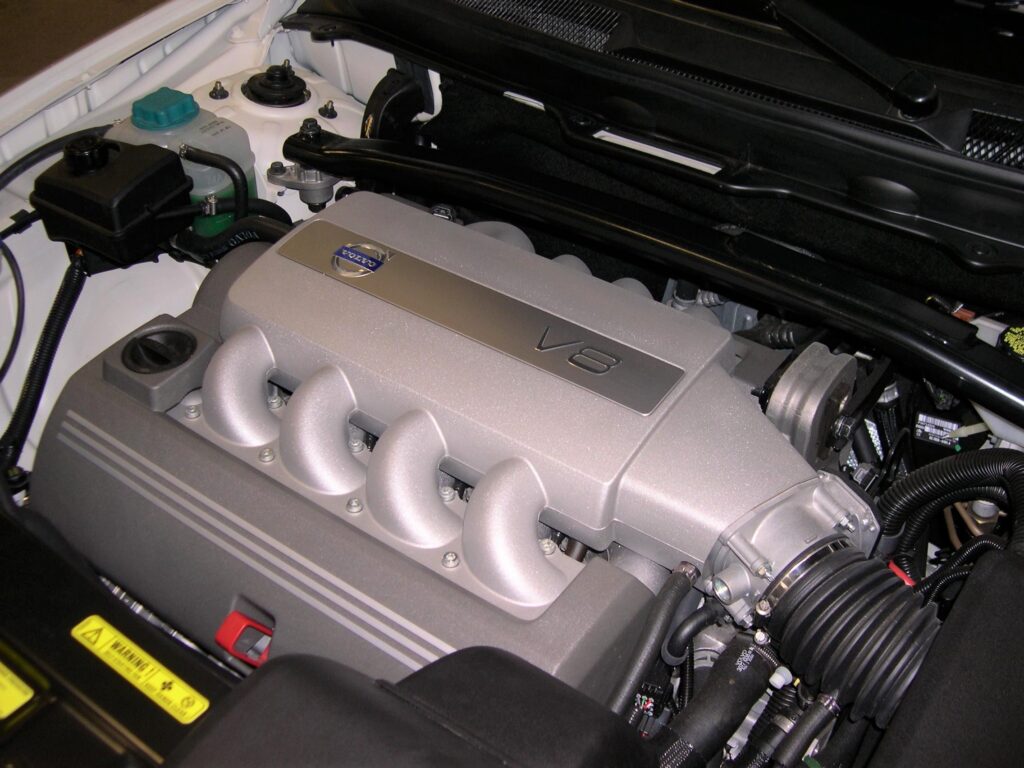
3. **Compatibility Issues**
One of the more insidious downsides of utilizing aftermarket parts is the pervasive risk of compatibility issues. Modern cars are intricate, highly integrated systems where every component is meticulously designed to work in perfect harmony with the rest of the vehicle. Introducing a part that is not specifically engineered for your make and model can disrupt this delicate balance, leading to malfunctions, diminished performance, or even direct damage to other interconnected components within the car.
The context provides a vivid example of this challenge. One car owner recounted a minor fender bender where an aftermarket fender was procured for its affordability. However, upon attempting installation, it was discovered that “the dimensions of the aftermarket fender were completely off. It was actually about an inch too long.” Such a seemingly small discrepancy in the world of auto body repairs can cause significant fitment issues, making proper alignment impossible and compromising the overall aesthetic and structural integrity of the vehicle.
In this particular “fender incident,” the aftermarket part was so ill-fitting that “the headlight would not even reach the mounting points on the body of the car and the bumper looked badly misaligned.” This scenario illustrates how a lack of precise engineering and adherence to OEM specifications can create problems far beyond the individual part itself, necessitating costly re-work and replacement with an original OEM component to achieve proper fit and function.
To prevent such frustrations and potential damage, it is absolutely essential to double-check the specifications of any aftermarket part. Ensuring it is fully compatible with your vehicle’s intricate systems is not merely a recommendation but a necessity. Issues with poor fit, whether for exterior panels or internal engine components, can cause problems like oil or coolant leaks, leading to premature engine wear, or excessive vibration, making driving uncomfortable and causing other parts to loosen.
Read more about: Beyond the Hype: Unpacking the Myriad Reasons Why Self-Driving Cars May Never Truly Work
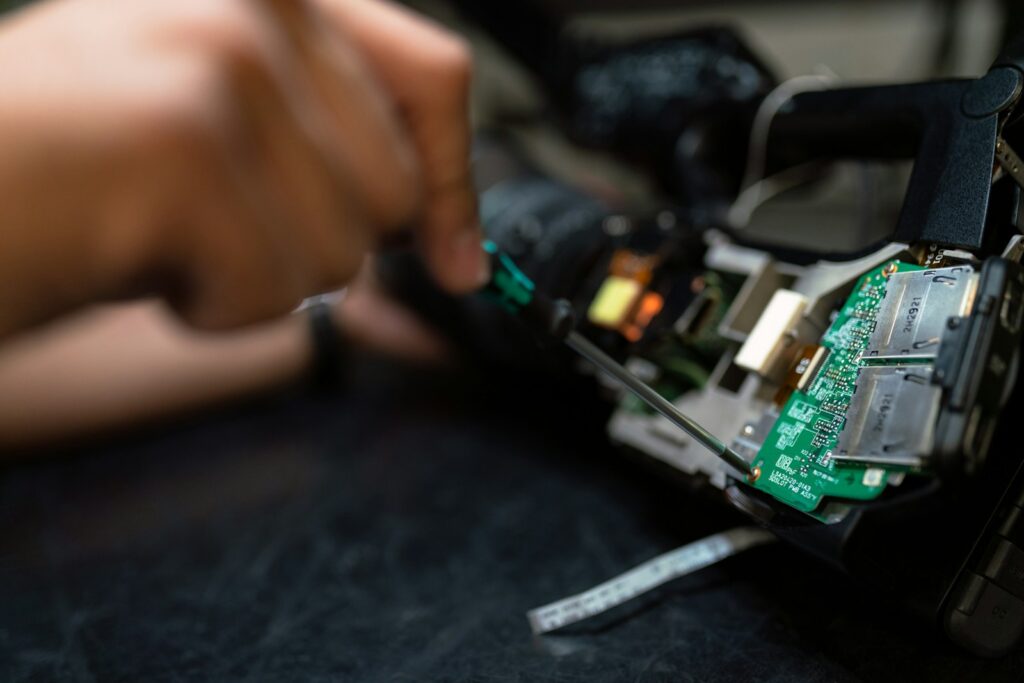
4. **Resale Value Reduction**
While aftermarket modifications can be incredibly appealing to a niche segment of buyers, they often paradoxically reduce the overall resale value of a car in the broader market. Many potential buyers are inherently wary of purchasing a vehicle that has been modified, harboring legitimate concerns about the reliability, future maintenance requirements, and the validity of any remaining warranty coverage. This apprehension frequently makes extensively modified cars less desirable and significantly harder to sell.
Even if the modifications were performed with the intention of enhancing performance or adding unique aesthetic flair, the fact that they deviate from the manufacturer’s original specifications can make potential buyers hesitant. The perceived uncertainty surrounding non-OEM parts, coupled with the unknown quality of installation and the long-term effects of such changes, often leads to a lower perceived value compared to a stock vehicle. Buyers tend to associate OEM components with guaranteed quality and reliability, which directly impacts their willingness to pay a premium.
Vehicles with aftermarket parts typically sell for lower prices, consequently reducing their return on investment for the original owner. This is particularly salient in the vehicle collector community, where car buyers overwhelmingly prefer vehicles with OEM parts for their perceived authenticity, quality, and reliability. Deviations from original factory condition, even if well-intentioned, are often viewed as liabilities rather than assets.
Therefore, when considering modifications, it’s vital to assess their potential impact on your car’s future marketability. While personalizing your vehicle can be a rewarding experience, the financial reality often dictates that retaining a factory-standard vehicle yields a better resale outcome. Opting for OEM parts ensures proper fit and function without the uncertainty of aftermarket options, a factor that significantly contributes to maintaining a car’s intrinsic value and appeal to a wider range of future owners.
Read more about: 11 Simple Hacks to Slash Your Credit Card Interest Rate by 5 Points: An Actionable Guide for Smart Spenders
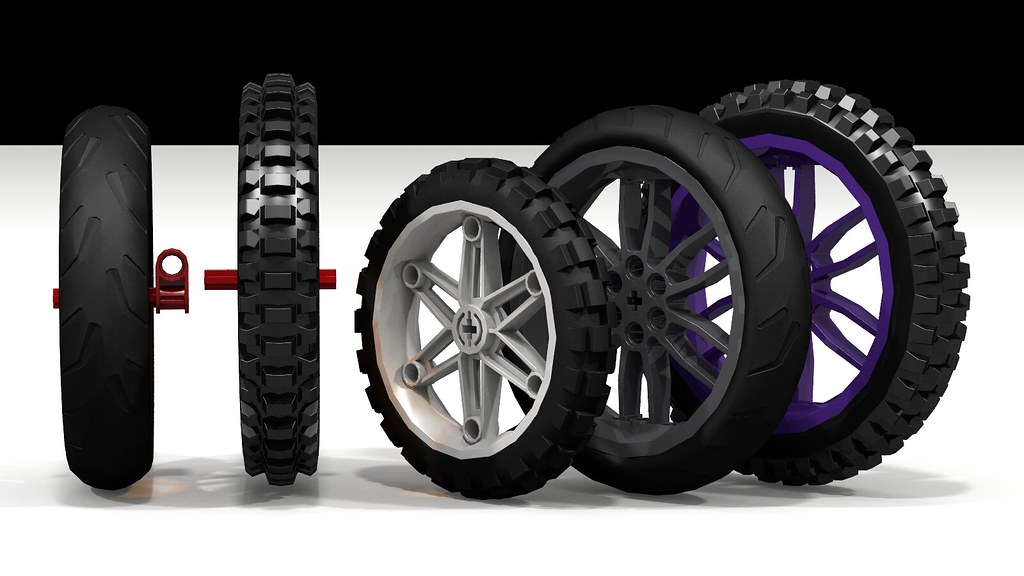
5. **Quality Concerns**
Aftermarket parts originate from a vast array of manufacturers, and a major drawback is the considerable variability in their quality. While some aftermarket components can indeed be well-made and offer comparable performance to OEM parts, many others regrettably fall short, leading to issues like premature wear, malfunction, or even direct damage to your vehicle. This inconsistency stems from differing manufacturing standards and material choices across the industry.
Unlike OEM parts, which are meticulously engineered to meet specific vehicle standards set by the original manufacturer, aftermarket options often employ inferior materials. Low-quality materials, a notable absence of rigorous testing protocols, or substandard manufacturing processes can collectively result in parts that fail unexpectedly, jeopardizing both vehicle performance and safety. For instance, subpar aftermarket engine components like valves and pistons may lack the necessary heat resistance and structural integrity, leading to decreased horsepower, sluggish acceleration, and a diminished overall engine performance.
High-quality auto parts necessitate durable materials capable of withstanding the rigors of everyday use and adverse conditions such as heat, cold, moisture, and corrosion. The use of alloys and composites is increasingly prevalent in the automotive industry, making it imperative that non-OEM manufacturers employ similar or superior materials, often requiring considerable reverse engineering to determine optimal material use. As an example, aftermarket aluminum alloy wheels are typically not made with the same type and density of aluminum alloy as the factory/OEM wheel, potentially performing completely differently under adverse conditions.
To mitigate these pervasive quality concerns, it is absolutely crucial to purchase parts from reputable brands and conduct thorough research into their quality before installation. Seeking out manufacturers that adhere to high-quality standards, employ advanced manufacturing and equipment, and can provide comprehensive warranties or guarantees, can provide a degree of confidence. These factors indicate a commitment to precision-built quality and products that meet or exceed industry standards, ensuring better long-term reliability for your vehicle.
Read more about: Seriously, What Happened? 10 Iconic Headlight Styles That Vanished From Modern Cars
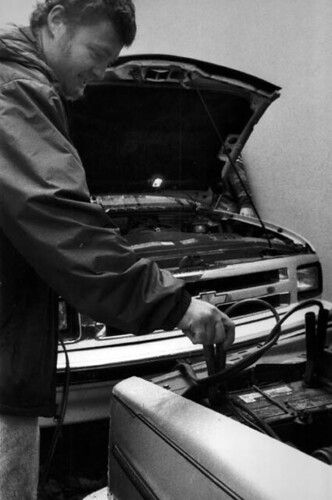
6. **Increased Repair Costs**
While the initial lower price point of aftermarket parts can seem appealing, particularly for routine repairs, installing them can paradoxically lead to significantly increased repair costs in the long run. The perceived affordability of these components often obscures a hidden cost that can manifest as unexpected expenses down the road, ultimately outweighing any upfront savings. This creates a false economy where short-term savings are eclipsed by greater financial burdens later on.
Should an aftermarket part fail prematurely, or, more critically, cause damage to other interconnected components within your vehicle, you may find yourself spending considerably more money on repairs than if you had opted for OEM parts from the outset. This chain reaction of failure is a common issue; for example, a cheap, improperly fitted aftermarket radiator could lead to engine overheating, resulting in far more expensive engine repairs.
The context illustrates this perfectly with a real-world scenario: a brother-in-law’s late-model Subaru had a faulty exhaust solenoid. A budget-friendly, generic aftermarket unit was installed for $20, which initially fixed the problem. However, “it turned out that the budget-friendly, generic exhaust solenoid installed during the previous repair had failed prematurely and needed to be replaced again” after a mere 5,000 miles. The eventual solution was a $120 OEM Subaru part, which has since performed perfectly, underscoring the long-term value of quality.
Furthermore, some aftermarket parts may necessitate specialized labor or unique tools for installation or repair, which can further drive up costs. Mechanics might also charge higher fees to diagnose and rectify issues specifically related to aftermarket components, primarily due to their unfamiliarity with the part’s design, specifications, or unique failure modes. This combination of potential collateral damage, specialized labor, and diagnostic complexities makes the initial savings from aftermarket parts a gamble that often results in a net loss.
Having navigated the initial challenges presented by aftermarket parts, such as voided warranties, safety compromises, and compatibility headaches, our journey into the intricacies of automotive modification continues. While the allure of customization and perceived savings remains strong, the subsequent pitfalls often carry even greater long-term repercussions for your vehicle’s health and your financial well-being. From navigating complex insurance landscapes to enduring potential legal ramifications, the full spectrum of considerations extends far beyond the initial purchase price.
Understanding these less-obvious, yet equally critical, aspects is paramount for any car owner contemplating modifications. The decisions made today can echo through years of ownership, impacting everything from your annual insurance premiums to the sheer driveability and legality of your cherished vehicle. Let’s delve deeper into these additional layers of complexity, ensuring you are fully equipped with the knowledge to make truly informed choices for your automotive investments.
Read more about: 15 Things Mechanics Really Wish You’d Stop Delaying on Your Car

7. **Insurance Complications**
Modifying your car with aftermarket parts, while exciting, often introduces a new layer of complexity to your auto insurance policy, potentially leading to unforeseen financial burdens. Many car owners overlook the critical step of informing their insurance providers about significant modifications, assuming their standard policy will cover any eventuality. This oversight can prove to be an incredibly costly mistake, as insurers view altered vehicles through a different lens, primarily due to perceived increased risks and the unknown quality of non-OEM components.
It’s a stark reality that some insurers may outright refuse to cover repairs or replacements specifically for aftermarket parts that were not declared or approved. Beyond non-coverage, the mere presence of certain modifications can lead to significantly higher premiums. Insurance companies assess risk rigorously, and a vehicle deviating from its original factory specifications often falls into a higher-risk category, prompting increased charges to offset potential liabilities.
Consider a scenario where you’ve invested heavily in performance-enhancing aftermarket components, only for your vehicle to be involved in an accident. In such an unfortunate event, you might discover that your insurance payout falls dramatically short, barely covering the cost of OEM parts, let alone the specialized, and often more expensive, aftermarket replacements. The financial gap between what you expected and what you receive can be substantial, leaving you personally responsible for a significant portion of the repair or replacement costs.
To safeguard against such daunting surprises, proactive communication with your insurance provider is absolutely paramount. Before undertaking any significant modifications, it is essential to notify your insurance company about your plans. This allows you to understand how such changes will impact your policy, whether additional coverage is needed, and if your premiums will adjust. Ensuring your policy explicitly includes coverage for your aftermarket parts is a crucial step in protecting your investment and maintaining peace of mind on the road.
Read more about: Don’t Let These Simple Mistakes Cost You! How to Avoid Instantly Voiding Your Home Warranty
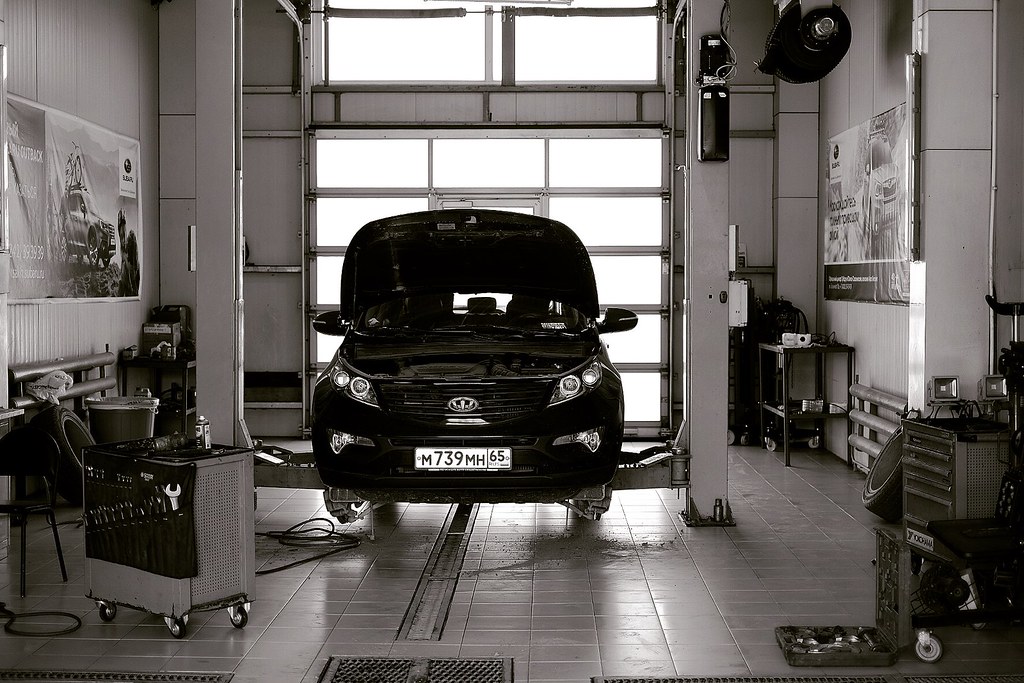
8. **Durability Issues**
The appeal of aftermarket parts often lies in their attractive price point or the promise of enhanced aesthetics, yet this frequently comes at the expense of long-term durability. While original equipment manufacturer (OEM) parts are rigorously designed and tested for the entire lifespan of the vehicle, many aftermarket manufacturers prioritize cost-effectiveness. This strategic focus on affordability can regrettably compromise the robust construction and material quality essential for enduring the rigors of daily driving.
The quest for lower production costs often translates into the use of less durable materials or less stringent manufacturing processes. Unlike OEM components that are engineered to withstand specific environmental conditions, stresses, and operational cycles, many aftermarket alternatives simply don’t possess the same inherent resilience. This means parts might wear out significantly faster than their OEM counterparts, leading to a frustrating cycle of premature failures and recurrent repairs.
The financial implications of this reduced lifespan can quickly erode any initial savings made on the purchase price. A part that needs to be replaced twice or thrice as often as an OEM component, even if cheaper per unit, ultimately inflates your total cost of ownership. Beyond the monetary aspect, the inconvenience of frequent garage visits and the loss of vehicle availability can be a significant disruption to your daily life, transforming a supposed upgrade into a persistent headache.
For critical components — such as those involved in the engine, transmission, or braking system — durability isn’t just about cost, it’s about reliable performance and safety. A prematurely failing aftermarket shock absorber, for instance, not only compromises ride comfort but can also degrade handling and braking effectiveness. Therefore, before committing to any aftermarket part, it is indispensable to conduct thorough research into its expected lifespan, material specifications, and manufacturer’s reputation for long-term reliability.
Read more about: Seriously, What Happened? 10 Iconic Headlight Styles That Vanished From Modern Cars
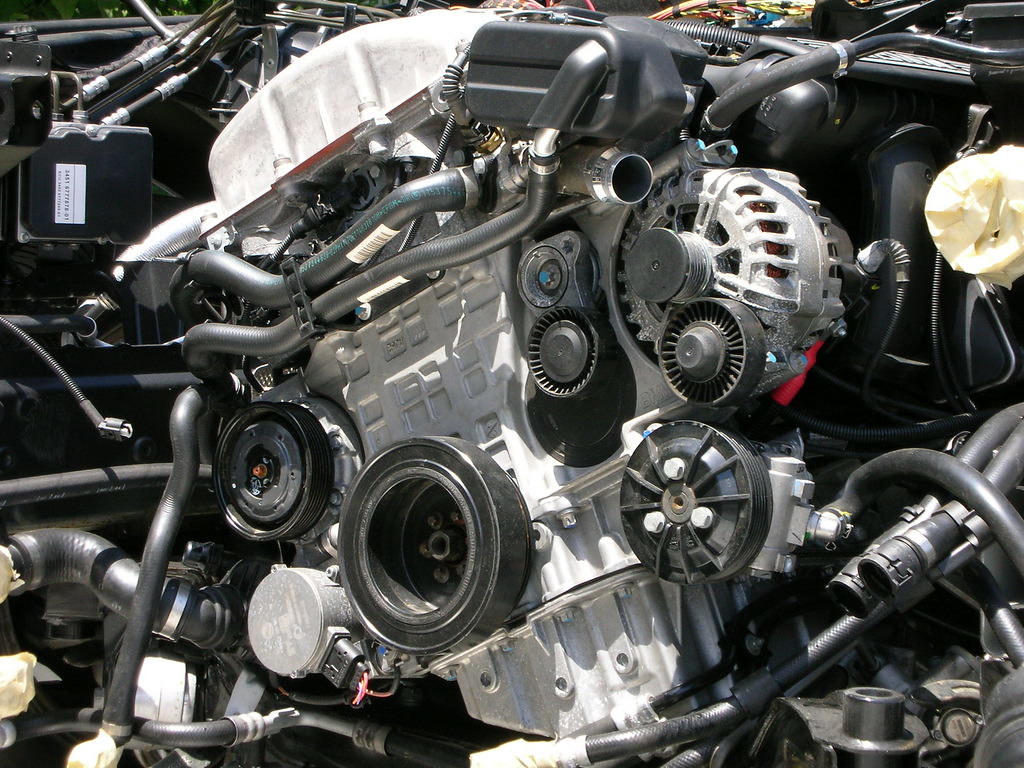
9. **Installation Difficulties**
The promise of a perfect fit and straightforward installation is a hallmark of original equipment manufacturer (OEM) parts, meticulously designed to integrate flawlessly with your vehicle’s architecture. Aftermarket components, however, often present a starkly different reality, frequently challenging even experienced DIY enthusiasts and professional mechanics alike with unexpected installation hurdles. This discrepancy can transform a seemingly simple upgrade into a frustrating and costly endeavor.
A common issue stems from poor fitment, where the dimensions or mounting points of an aftermarket part are simply not an exact match for the vehicle. As highlighted in Section 1 with the “fender incident,” even a minor discrepancy can render a part unmountable or severely compromise the vehicle’s structural and aesthetic integrity. Beyond physical fit, a lack of clear, comprehensive installation instructions—or sometimes, no instructions at all—can compound the problem, leading to potential errors during assembly that could damage the part or surrounding components.
In more challenging scenarios, achieving a proper fit for an aftermarket component might necessitate additional, unplanned modifications to your vehicle. This could involve drilling new holes, modifying existing brackets, or even cutting into the vehicle’s bodywork or wiring harnesses. Such irreversible alterations not only increase the complexity and time required for installation but can also further jeopardize your vehicle’s warranty and structural integrity, adding layers of cost and risk that were never anticipated.
To mitigate these risks, many car owners turn to professional mechanics for aftermarket installations. While this can undoubtedly reduce the likelihood of errors, it inevitably drives up the total cost of the modification. Mechanics often charge higher labor rates for aftermarket parts due to the increased time, effort, and problem-solving required to achieve a correct fit, especially if they are unfamiliar with the specific brand or design. This additional expense frequently negates any initial savings gained from purchasing a cheaper aftermarket part, proving that ease of installation is a hidden cost often overlooked.
Read more about: 13 Simple Steps to Rebuild Your Truck’s Suspension Bushings for a Smoother Ride

10. **Legal Restrictions**
Navigating the world of aftermarket modifications requires more than just mechanical aptitude; it also demands a keen awareness of the diverse and often stringent legal restrictions that govern vehicle alterations. What might be perfectly acceptable in one region could be entirely illegal in another, exposing unsuspecting car owners to fines, penalties, or even the impoundment of their cherished vehicles. This patchwork of regulations often catches enthusiasts off guard, transforming intended enhancements into legal liabilities.
Many jurisdictions enforce strict emissions standards, safety regulations, and noise ordinances that directly impact the types of aftermarket parts permissible on public roads. For instance, modifying an exhaust system to produce a louder sound might violate local noise limits, while certain engine components or catalytic converter replacements could fall foul of environmental protection agency (EPA) regulations designed to control vehicle emissions. Similarly, non-standard lighting kits, particularly those that alter color or intensity, can be illegal if they don’t conform to specific road safety codes.
The consequences of non-compliance can range from irritating to severe. Minor infractions might result in traffic citations and hefty fines, forcing owners to reverse modifications at additional cost. More serious violations, especially those related to safety or environmental standards, could lead to your vehicle failing inspection, being deemed unroadworthy, or, in extreme cases, being impounded by authorities. Such outcomes are not only financially draining but also highly inconvenient and stressful.
Before embarking on any modification project, it is therefore unequivocally essential to conduct thorough research into your local, state, and national automotive regulations. Consult official government websites, local Department of Motor Vehicles (DMV) resources, or reputable automotive legal advisors to ensure that your chosen aftermarket parts comply with all applicable laws. Proactive adherence to these regulations is a critical step in enjoying your modified vehicle without the unwelcome specter of legal repercussions.
Read more about: Pushing the Boundaries of Flight: 10 Ambitious Aviation Concepts That Challenged the Skies
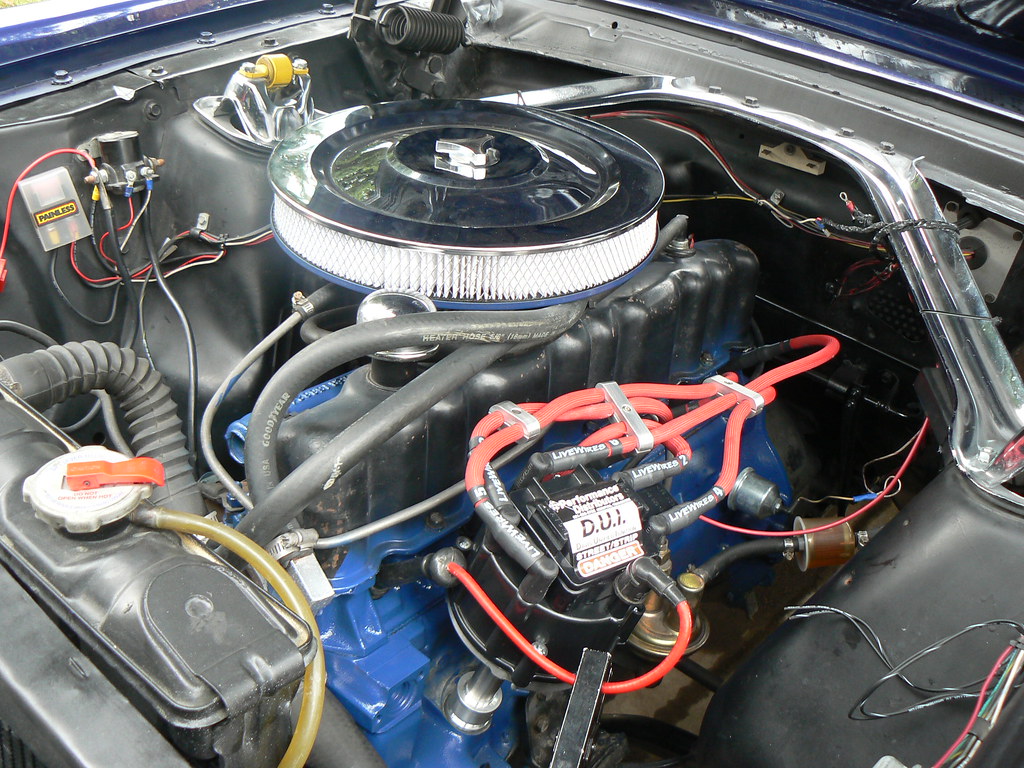
11. **Adverse Impacts on Engine Performance**
The engine is undeniably the heart of any vehicle, a meticulously engineered system where precision and material quality are paramount for optimal performance. While aftermarket modifications often promise to boost horsepower or improve efficiency, subpar aftermarket engine components can, paradoxically, lead to significant and detrimental impacts on your vehicle’s overall performance, eroding the very capabilities you sought to enhance. This delicate balance of engineering makes the choice of engine parts exceptionally critical.
Take, for instance, vital internal components such as valves and pistons. These parts operate under extreme conditions, enduring immense heat and pressure within the combustion chamber. Aftermarket replacements that lack the precise engineering, high-quality alloys, or the specific heat resistance of original equipment manufacturer (OEM) parts are inherently ill-equipped to handle these demands. This deficiency can lead to accelerated wear, component distortion, or even catastrophic failure under normal operating loads.
The direct consequence of such material and design compromises is a tangible decline in engine output. Drivers may experience decreased horsepower, noticeably sluggish acceleration, and a general feeling of diminished responsiveness from the vehicle. What was intended as an upgrade to unleash more power can instead result in an engine that struggles to perform at its original factory specifications, let alone any enhanced level. The engine’s efficiency might also suffer, leading to poorer fuel economy, further negating any perceived benefits.
Maintaining your car’s efficiency and reliability hinges significantly on the integrity of its engine components. Opting for quality used OEM parts or thoroughly vetted, high-end aftermarket alternatives that demonstrably meet or exceed OEM specifications is a far wiser investment. This approach ensures that the heart of your vehicle continues to beat strongly and reliably, delivering the performance and dependability it was originally designed for, rather than becoming a source of ongoing frustration and expense.
Read more about: 15 Things Mechanics Really Wish You’d Stop Delaying on Your Car
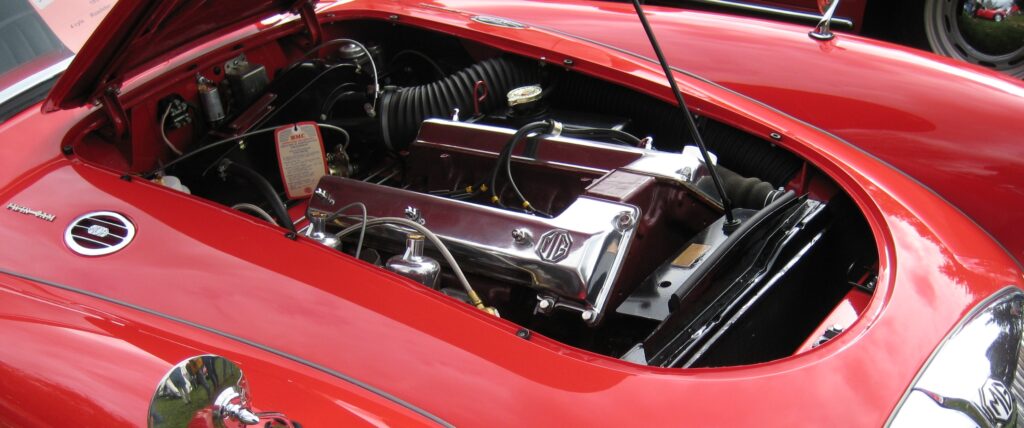
12. **Overwhelming Choices**
One of the often-touted advantages of the aftermarket industry is its sheer variety, offering a seemingly endless array of brands, styles, and performance levels for virtually every component imaginable. However, for the average car owner, particularly those less familiar with the nuanced world of automotive products, this abundance can quickly transform from an advantage into an overwhelming and counterproductive challenge. The paradox of choice, in this context, significantly complicates the decision-making process.
Unlike OEM parts, which typically offer a single, manufacturer-approved option for a given component, the aftermarket presents dozens, if not hundreds, of alternatives. Each comes with its own set of claims regarding performance, durability, and cost, often making it incredibly difficult to discern genuine quality from clever marketing. This complexity forces consumers to spend countless hours researching, comparing specifications, and sifting through user reviews, a task that many simply do not have the time or expertise for.
This vast and often opaque marketplace inherently increases the risk of purchasing unsuitable or substandard components. Without a deep understanding of manufacturing processes, material science, or specific vehicle requirements, it is easy to inadvertently select a part that is either incompatible, poorly made, or simply not fit for its intended purpose. The consequences, as we’ve explored, can range from minor performance issues to significant safety hazards and costly repairs.
Conversely, opting for OEM parts largely bypasses this decision-making fatigue and risk. When choosing an OEM component, there is an inherent assurance of proper fit, function, and factory-level quality, backed by the vehicle manufacturer’s extensive testing and warranty. This streamlined approach offers peace of mind, ensuring that your vehicle maintains its intended performance, reliability, and safety without the uncertainty and potential pitfalls associated with navigating an overwhelming sea of aftermarket alternatives.
Read more about: Beyond the Basics: 10 Budgeting Methods to Master Your Money and Achieve Financial Peace
As we conclude our comprehensive exploration of aftermarket car parts, it becomes undeniably clear that while the appeal of customization and initial cost savings can be compelling, the long-term implications often overshadow these perceived benefits. From the critical risks of voided warranties and compromised safety to the subtle yet significant impacts on insurance, durability, and even legal compliance, the landscape of aftermarket modifications is fraught with potential challenges. The meticulous engineering and rigorous testing inherent in original equipment manufacturer (OEM) parts stand as a testament to their unwavering commitment to your vehicle’s reliability and your peace of mind. Therefore, whether you’re considering a minor tweak or a major overhaul, remember that an informed decision, prioritizing proven quality and compatibility, is the ultimate key to safeguarding your investment and ensuring your ride remains a source of pride, not perpetual problems. Drive smart, choose wisely.



